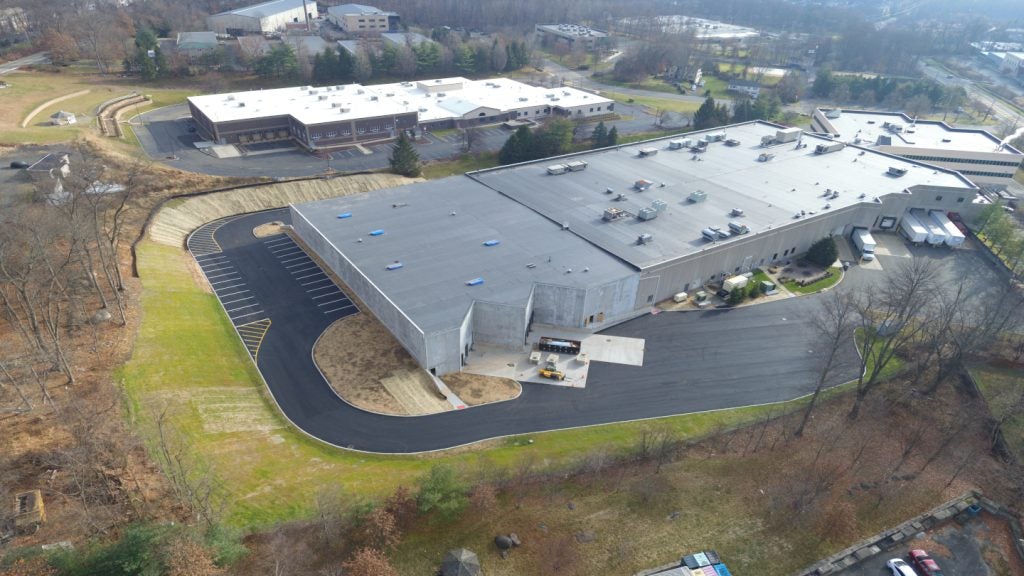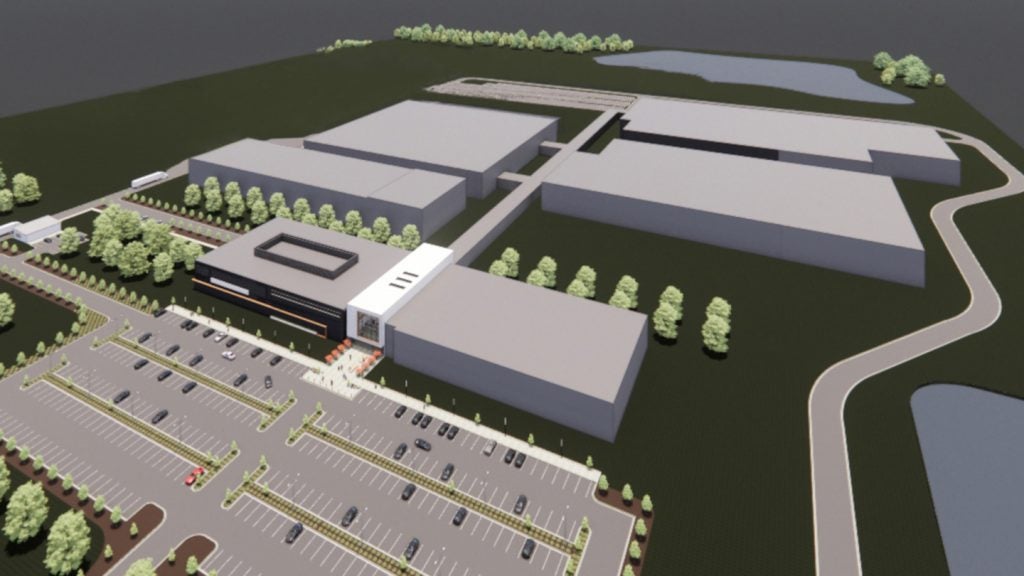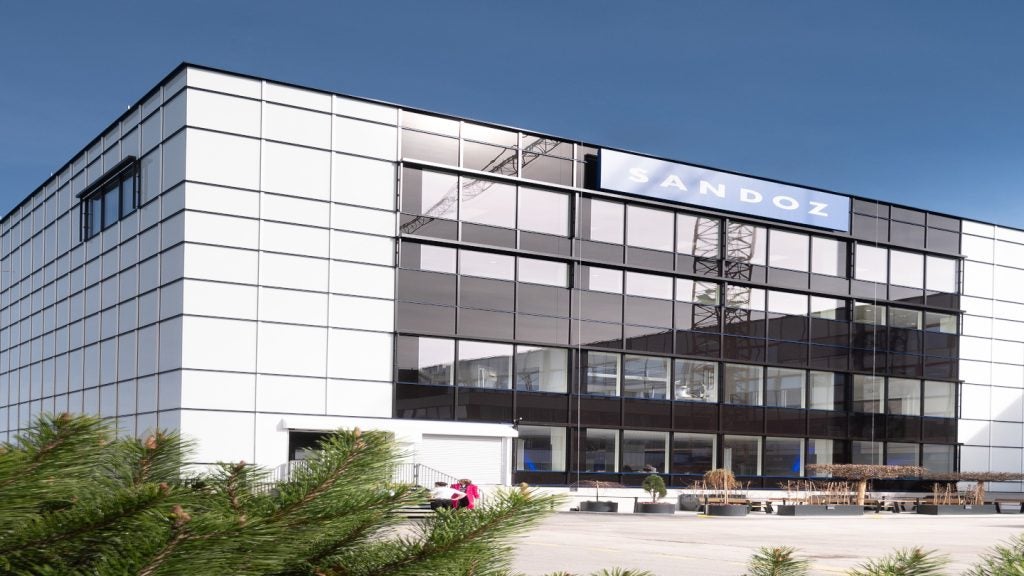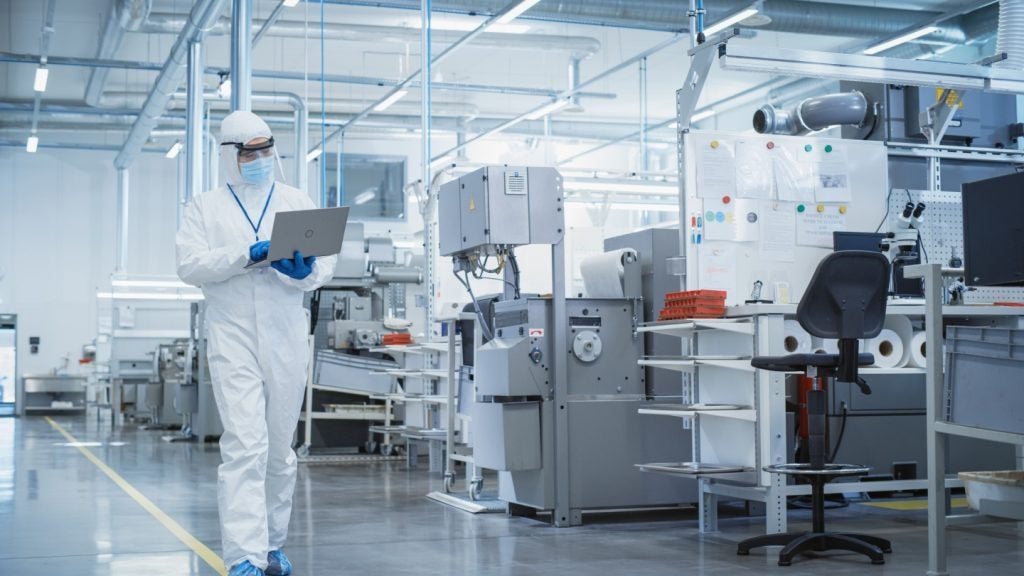Between 1997 and 1999, Merck Sharp and Dohme (MSD) undertook a two-year expansion of its manufacturing facility in Ballydine Co Tipperary, Ireland.
The factory was first established in 1976 and was constructed on a 188-acre site. It currently employs more than 340 people, including process operators, technicians, chemists, engineers and IT specialists.
Costing in the region of £130m ($185m), the expansion increased production capacity at the plant by 50%. During the process, the plant was supported by the County Tipperary Development team, the South Tipperary Council and the Industrial Development Authority (IDA).
Raytheon was awarded a contract in 1997 to provide engineering, procurement and construction services for the facility. The contract was completed in 1999.
Bulk active ingredients manufacturing
The expanded facility at Ballydine is Merck’s primary bulk manufacturing plant in Europe and represents a large capital investment by the company outside the US.
The plant is involved in the production of bulk active ingredients for a wide range of healthcare products. These are then exported to other Merck facilities where they are formulated into dosage forms.
The plant can use approximately 600,000 gallons of water a day, which is sourced from the nearby River Suir. Waste from the plant is treated in an activated sludge waste treatment system, which removes chemical traces from the sludge before the wastewater can be recycled for future use.
Organic synthesis plant
Ballydine is an organic synthesis plant, which carries out production in wet and dry phases. In the wet phase, liquid and solid raw materials are mixed and processed. The final product is then refined and packaged in the dry phase or finishing section.
A typical product manufacturing cycle includes chemical reaction, extraction, separation, distillation, filtration and isolation in the wet stage, followed by drying, milling, blending and packaging in the dry stage before dispatch to the finished product warehouse.
A computer system is used to control all processes throughout the entire pharmaceutical facility. This ensures both product quality, a high safety performance and environmental safeguards.
New investment
In November 2006, a new investment was announced at the Ballydine Co Tipperary plant for a new formulation research and development (R&D) and manufacturing facility, which will help to secure the future of the plant and mean further employment in the region.
The construction of the new facility was initiated in 2007. The plant was officially inaugurated in September 2011.
The company’s decision to locate a formulation R&D and manufacturing facility in Ballydine was based on a number of factors such as the consistent support and encouragement received from the Irish Government, the availability of skills in the industry necessary for the operation and a supportive business environment.
A further €6m investment is being planned to extend the capacity of the plant.
New facility
The investment was intended to establish an R&D centre to develop innovative platforms for the formulation of products used in late-stage clinical trials, and a pharmaceutical manufacturing facility to enable the production of tablets and capsules.
Six new drugs are being developed at the facility for the treatment hepatitis C and cholesterol/Type two diabetes in combination.











